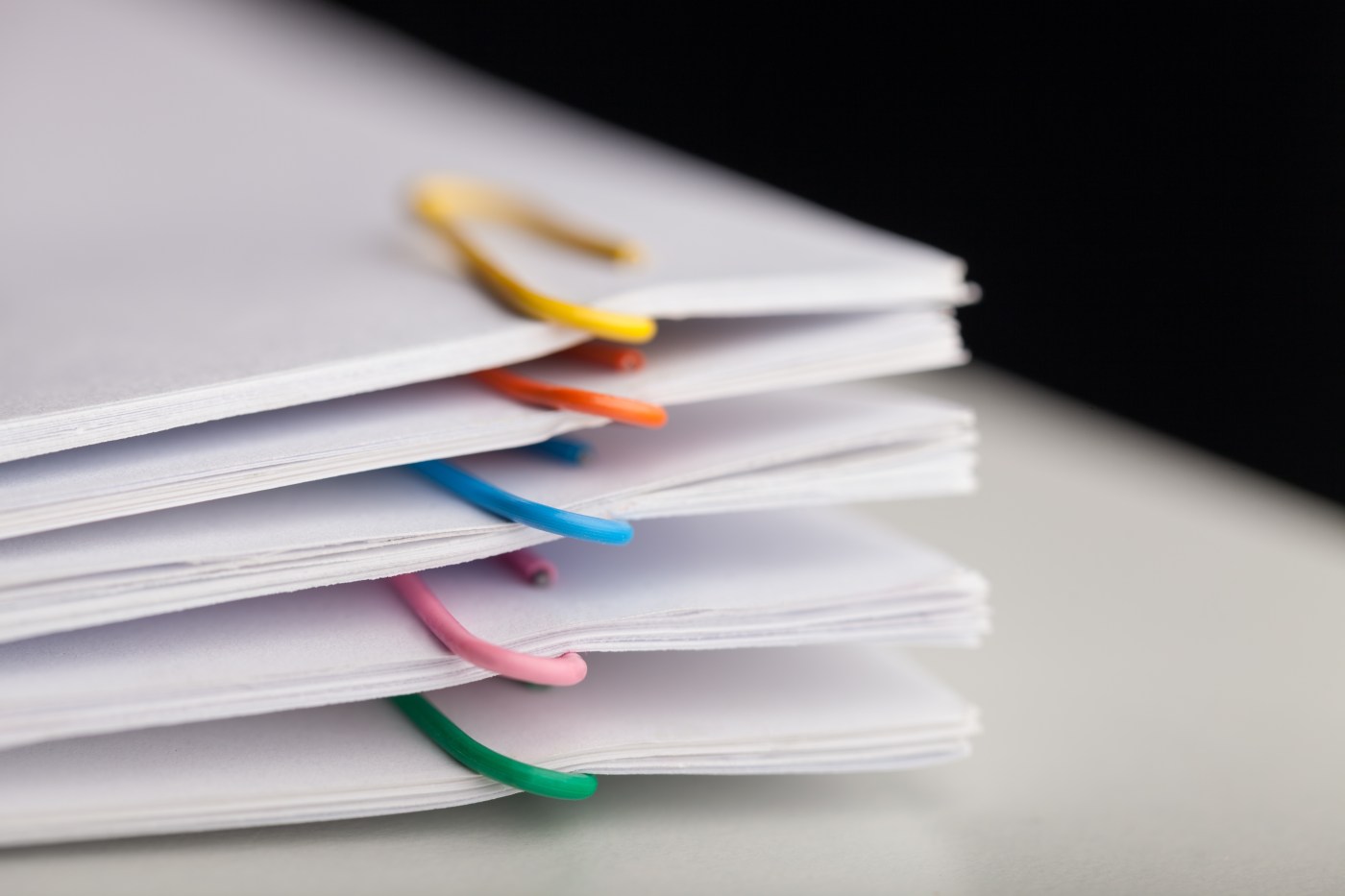
F.D. Flam: Fake scientific studies are a problem that’s getting harder to solve
Faking it until you make it may be a common practice in some careers. But it’s clearly unethical for scientists and medical researchers. All the same, thousands of fake papers are churned out by so-called paper mills and published every year, many of them in peer-reviewed journals.
The issue made headlines recently when Wiley, a respected publishing house, announced it would be dropping 19 of its journals associated with a publisher they had acquired, called Hindawi, in part because they were infested with fake papers. But the problem was known before: The fraud sleuthing blog For Better Science called attention to the “fraud-positive” attitude at Wiley back in 2022. (And I covered the problem of fake research on my Follow the Science podcast back in 2021.)
These aren’t just papers with fudged data — in many cases, all the data and the text have been invented from whole cloth, generated with artificial intelligence, or plagiarized. They’re fake all the way through. The creators of these fake papers have been dubbed paper mills, and they operate by reaching out to scientists and offering to write papers with the scientists’ names at the top — for a price.
Paper mills have proliferated because of a pathology that’s afflicted many areas of science. Scientists are rewarded for the quantity of their research more than its quality. And peer review is non-functional at many journals.
In that disturbed ecosystem, parasitic companies flourish by helping scientists cheat to bolster their resumes, snag competitive academic jobs, and impress funding agencies. Ultimately that causes some precious resources get routed to cheaters and away from more worthy scientists.
Worse still, some of the fake results can seep into other articles, contaminating the state of medical knowledge, said David Sanders, a biologist at Purdue University who has been tracking scientific misconduct and the paper mill problem. For enough money, the paper mills can make a fake paper look more influential by creating other fake papers that cite it, he said. The paper mill studies can even get cited in seemingly legitimate review papers if the review authors — who are also trying for volume — don’t pay sufficient attention to what they’re reviewing.
Some paper mill papers show obvious flaws, including patently plagiarized graphs, images and text. Some are translated from English to another language and back — and that can lead to bizarre wordings, such as “lactose intolerance” becoming “lactose bigotry,” said Sanders. Still others show absurdities like an experiment in which half a sample of ovarian cancer patients was male.
Now with the help of ChatGPT, paper mills can create much more coherent, plausible papers cheaply and effortlessly. Scientific fields beset by fake papers might do better to address the roots of the problem rather than trying to chase them down.
Ivan Oransky, co-founder of the blog Retraction Watch, has been tracking problematic research for years. He said that paper mill output has been estimated to make up about 2% of papers. That may not sound big, but somewhere between 2 million and 6 million scientific papers are published every year, so 2% adds up to a lot.
Some journals are more than 50%-generated by paper mills, said Sanders. The way he described it, the paper mills find a susceptible journal and then “they completely parasitize it.”
He said he blames not just shoddy peer reviews, but a perverse system of evaluating scientific merit. “Hiring committees or grant committees don’t have the wherewithal to make an actual evaluation,” Sanders said. So scientists get rewarded based on the number of publications they author and the number of other publications that cite these.
Even many legitimate journal articles don’t advance the state of knowledge, he said, at least in the biomedical arena. Researchers might have gathered a bit of additional data for an ongoing project, which should be deposited into a data bank rather than turned into an unnecessary paper. “I would say the majority of articles that are published now make no contribution beyond the data they present,” he said. “They are not worth reading.”
The whole incentive system is warped, he said, and people are so dependent on grants for their survival that they’ll “do whatever is necessary.”
The fake papers often use a pre-existing template, he said, filling in words and data like a game of Mad Libs. Paper mill creations are more pervasive in fields where papers tend to be formulaic, like nanotechnology, computer science and an area of cancer research called microRNAs.
But some fault also lies with other scientists who cite these fake papers in review articles — which are proliferating at a rate far beyond what’s beneficial to science or society. Even when initial papers get retracted, their impact remains in the form of citations and mentions in review papers.
Eventually, the bad papers can contaminate standards of medical care, said Sanders. Some people are developing cancer diagnostics based on fake papers. He’s seen a paper mill product referenced in a thesis defense. He’s even heard from cancer patients citing a fake paper to inquire about alternative therapies.
Funding agents could help by refusing to fund work that goes into badly reviewed journals laden with fake findings. They could keep a list of approved journals that do rigorous peer review and only fund work aimed at getting published in those. Sanders said more funding should also go into fraud detection in science.
People don’t need millions of scientific papers, most of them doing little to advance our knowledge. We need more scientists to put their energy into quality control or slow, careful research. Science is a competitive field and those who make it shouldn’t be fakers.
F.D. Flam is a Bloomberg Opinion columnist covering science. She is host of the “Follow the Science” podcast.
Related Articles
Serge Schmemann: Do not allow Putin to capture another pawn in Europe
Other voices: Trumponomics 2.0? Think ‘inflation’
Eric Snoey: Wait times down. Patient satisfaction up. Why not let AI run the ER?
David Brooks: We haven’t hit peak populism yet
Zeynep Tufekci: Scarlett Johansson’s voice isn’t the only thing AI companies want

